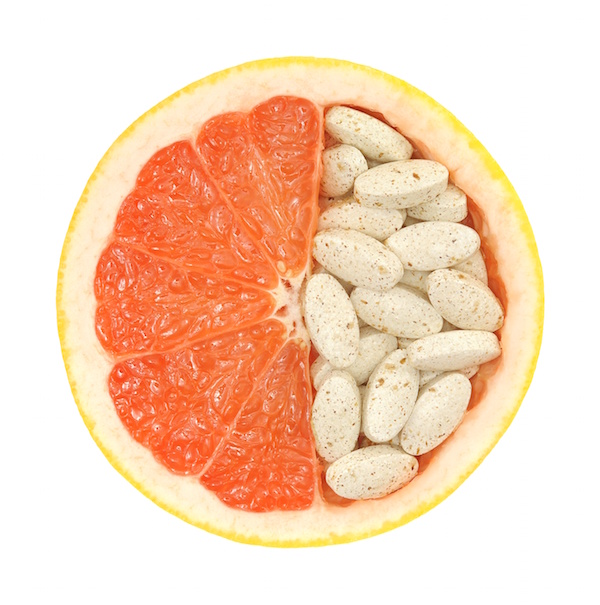
FRIDAY, Sept. 20 (HealthDay News) — Scientists say they’ve found a quicker way to analyze chemicals with bacteria-killing abilities in an advance they hope will speed the development of new antibiotics.
With bacterial infections becoming increasingly resistant to existing antibiotics, new drug development is crucial, according to Dr. Stuart Levy, president of the Alliance for the Prudent Use of Antibiotics.
“There’s a real need for new antibiotics,” said Levy, a professor at Tufts University School of Medicine in Boston who was not involved in the new study. There are still questions about the novel testing method described in the study, according to Levy, “but it’s a step in the right direction.”
The approach, detailed in the Sept. 16-20 issue of Proceedings of the National Academy of Sciences, could make it simpler for researchers to figure out how a bacteria-killing chemical works.
That’s important because many compounds are capable of knocking off the bugs, but drug developers need to know the “mechanism of action,” explained Joseph Pogliano, the senior researcher on the new study and a microbiology professor at the University of California, San Diego.
As it stands, drug companies have a huge number of chemicals they can scour to find ones that kill bacteria. And out of millions of compounds, there maybe tens of thousands that slay the bugs.
“It’s actually pretty easy to find compounds that can kill bacteria,” Pogliano said.
What’s difficult and time-consuming, he added, is analyzing those chemicals’ “mechanism of action.” Researchers need to know that, in part, so they can narrow the field to compounds that are likely to kill bacteria without hurting patients.
And still another reason, according to Pogliano, relates to the problem of antibiotic resistance. “Bacteria are becoming resistant to the drugs we have,” he said, “so we need compounds that work by new mechanisms of action.”
The current approach to uncovering mechanism of action involves multiple tests, and can take months, Pogliano said.
The method his team developed takes two hours and works like an “autopsy” of a bacterial cell. The researchers used what’s called a high-resolution fluorescence microscope to examine cells killed off by a given antibiotic compound, and then determined the likely cause of death.
“It’s one test where we can look at the cells and say they died of this mechanism,” Pogliano said. “It’s like a pathology report on a (deceased) person.”
The findings come at a time when the problem of antibiotic resistance is getting heightened attention. The U.S. Centers for Disease Control and Prevention issued a report Monday saying that more than 2 million Americans fall ill with antibiotic-resistant bacterial infections each year. At least 23,000 of those people die, the agency said.
Experts have long been aware of the threat that antibiotic-resistant infections pose, Levy said. “But the CDC report finally puts some real numbers on it,” he added.
Whether this new testing method can speed new drug development — or, ultimately, make a dent in the problem of drug resistance — remains to be seen, according to Levy. It’s unclear, for example, what the cost would be, he said.
Pogliano has founded a company, Linnaeus Bioscience, that holds a license to the technology. He said the company is already using the technology to try to find new compounds that kill antibiotic-resistant bacteria.
Another expert not involved in the study said it remains to be seen whether the technology actually does speed new drug development.
“The extent to which it will be useful depends on where the bottleneck in development really is,” said Dr. Henry Chambers, chairman of the Antimicrobial Resistance Committee of the Infectious Diseases Society of America.
In the real world, the process of screening candidate antibiotics may not be what’s causing the big delay, Chambers noted. It could be, for example, more of an “economic problem.”
“If drug companies don’t want to develop antibiotics because it’s not profitable, then this screening approach wouldn’t address that,” Chambers said.
And regardless of whether and when new antibiotics emerge, everyone agrees that proper use of the drugs will always be key.
According to the CDC, antibiotic overuse and misuse are the biggest factors driving the problem of drug resistance. Up to half of all antibiotic prescriptions are either unnecessary or not the best treatment choice for the patient, the agency said in its report.
“Just inventing new drugs is not going to solve the problem,” Chambers said.
CDC officials stressed that antibiotics are not the answer for every ill; they are useless, for example, against viral infections, like the common cold.
More information
The U.S. Centers for Disease Control and Prevention has more on antibiotic resistance.
Copyright © 2025 HealthDay. All rights reserved.

